The dragon, as the only mythical creature in the Chinese zodiac, carries a unique blend of nobility and timelessness. This makes it an apt symbol for luxury brands, particularly those like Qeelin that emphasize their historical heritage and occupy the pinnacle of the consumer pyramid. The image of the dragon naturally resonates with luxury and eternity, providing a fitting metaphor for brands that value their history and position in the luxury market.
During the Year of the Dragon, many luxury brands released special collections and Spring Festival advertisements. Luxe.CO noticed that a New Year short film by the fine jewelry brand Qeelin, shot in Guilin’s Yulong River area, was particularly eye-catching. This film, featuring a “dragon” breathing fireworks under a low night sky, presented a magnificent parade scene.
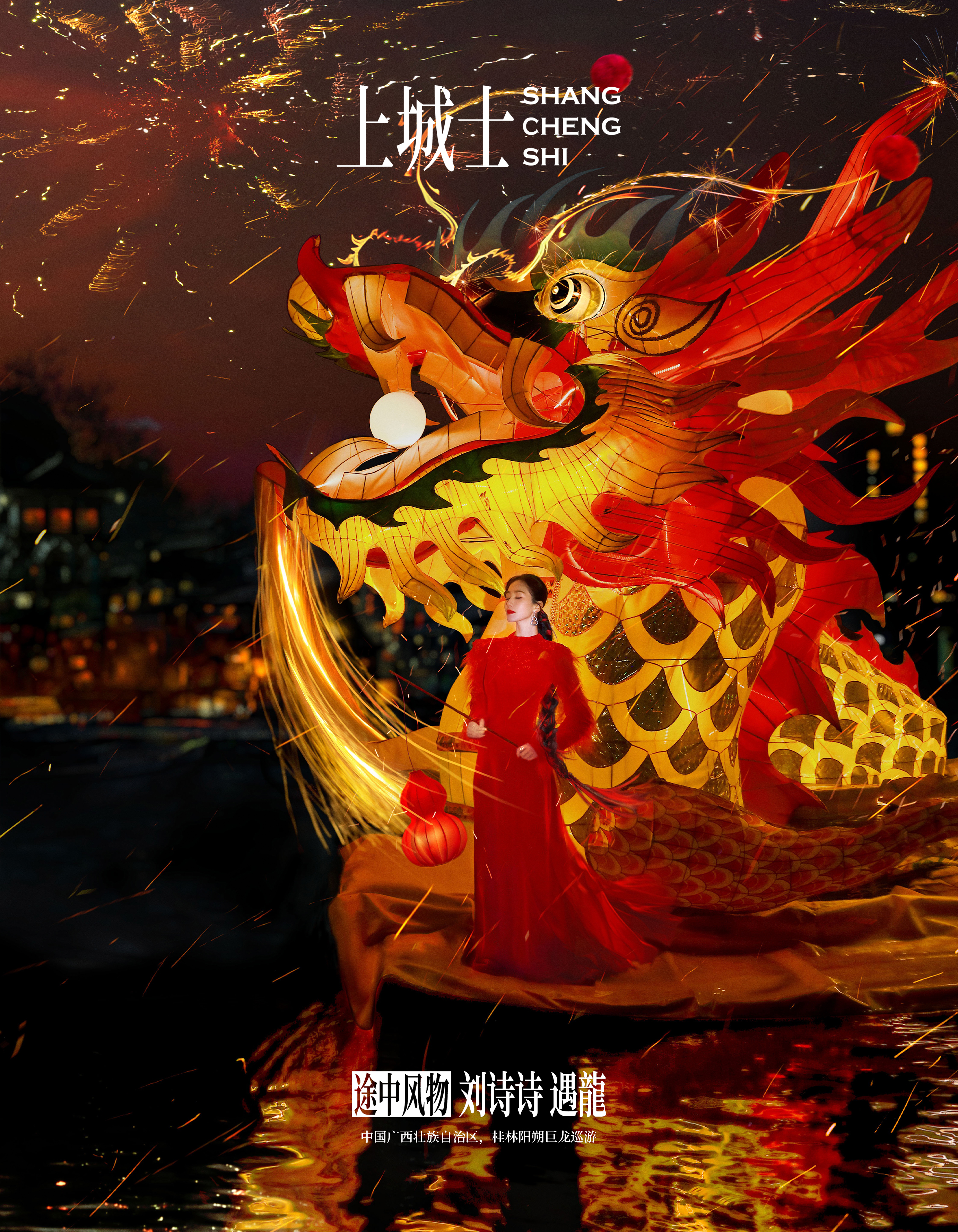
Liu Shishi, global brand ambassador for Qeelin, featured in the Qeelin “Golden Dragon Parade” New Year greeting film, Image Source: Shangchengshi
Qeelin, perhaps benefiting from its focus on the “dragon” theme, has a natural advantage. The brand, inspired by contemporary Chinese culture and founded by Dennis Chan, combines Chinese elements with a fusion of Eastern and Western concepts. It stands out among international luxury jewelry brands for its unique blend of influences.
François-Henri Pinault, Chairman of Qeelin’s parent company Kering Group, wrote in the foreword of a Qeelin brand book, “We firmly believe that Chinese culture can bring more inspiration and insight to the contemporary world.” In today’s context, we can see that Qeelin’s interpretation of Chinese culture is evident not only in its jewelry designs but also in its cultural communication within the local context.
Celebrating its 20th anniversary, Qeelin has launched a new chapter with its Dragon Year short film. The dragon, a symbol of auspiciousness and transformation, is particularly relevant during the Chinese New Year, a key moment for communication. How Qeelin deepens its dialogue with Chinese consumers and its plans for the future are of interest.
How Does Qeelin Stay True to the “Dragon” Theme?
In the short film, a “golden dragon” winds through the river against the backdrop of Guilin’s majestic landscape, exuding a sense of grandeur and awe.
This kilometer-long “dragon,” made of nearly a hundred bamboo rafts connected end to end, shimmers with lights that reflect off the winding river in the vast night, heralding the arrival of the Year of the Dragon.
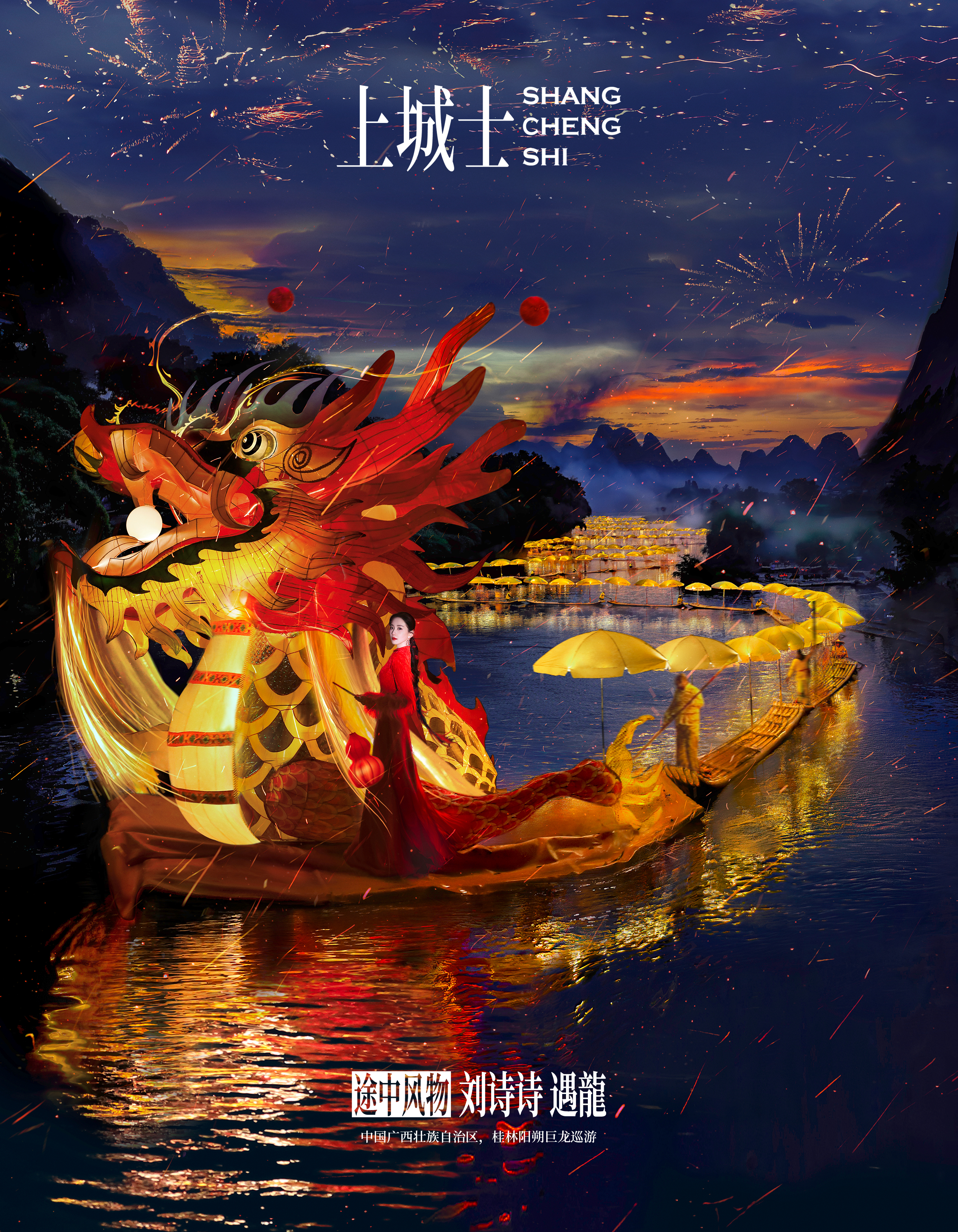
Qeelin “Golden Dragon Parade” New Year greeting film, Image Source: Shangchengshi
As a rare luxury brand rooted in Chinese culture, Qeelin’s understanding of the “dragon” avoids cultural barriers. The brand’s name, “Qilin(麒麟),” like the “dragon,” is a mythical creature in traditional Chinese mythology, often described as an auspicious animal with antlers and cloven hooves.
The “dragon” in Chinese mythology represents power and vitality and has evolved from ancient totem worship to symbolize the spirit of the Chinese nation. Known as “descendants of the dragon,” Chinese people have a deep emotional connection to the dragon, suggesting that brands should forge closer ties to the land to resonate with these feelings.
Qeelin’s choice to focus on the “Golden Dragon Parade” in Yulong River, Guilin, aligns with the public’s emotional needs.
Yulong River, located in Guilin, Yangshuo, is the longest tributary of the Li River. Its name comes from a folklore story related to a “dragon.” According to legend, a scholar during the Ming Dynasty was helped across the river by the daughter of the Dragon King. In gratitude, he built the “Yulong Bridge,” giving the river its name.
The “Golden Dragon Parade” is a traditional local celebration, expressing hopes for good weather, peace, and prosperity.
From tradition to contemporary times, from culture to nature, today’s Yangshuo and Yulong River not only showcase the world-famous landscape but also spread the most representative aspects of traditional culture.
Qeelin’s Yulong River New Year short film opens a window for the nation and the world to see this part of China’s landscape and culture. By focusing on the image of the dragon, Qeelin interprets not just a zodiac element but engages in a deeper dialogue with local consumers through local context. Importantly, when a brand is committed to promoting regional Chinese culture, local consumers are more likely to develop an emotional connection.

Qeelin “Golden Dragon Parade” New Year greeting film, Image Source: Shangchengshi
How Does Qeelin Engage With Young Audiences Using Traditional Culture?
After the release of the short film, Qeelin received a lot of followers, especially favorable reviews from young people on social platforms.
Amid the revival of Chinese culture, young people are returning to traditional culture with a more active and enthusiastic attitude, breathing new life into it. Events like the “Golden Dragon Parade” become cultural feasts, continuously revitalized by successive generations.
Leveraging the Spring Festival marketing trend centered on Chinese traditional culture, Qeelin breaks into new circles, engaging younger consumers.
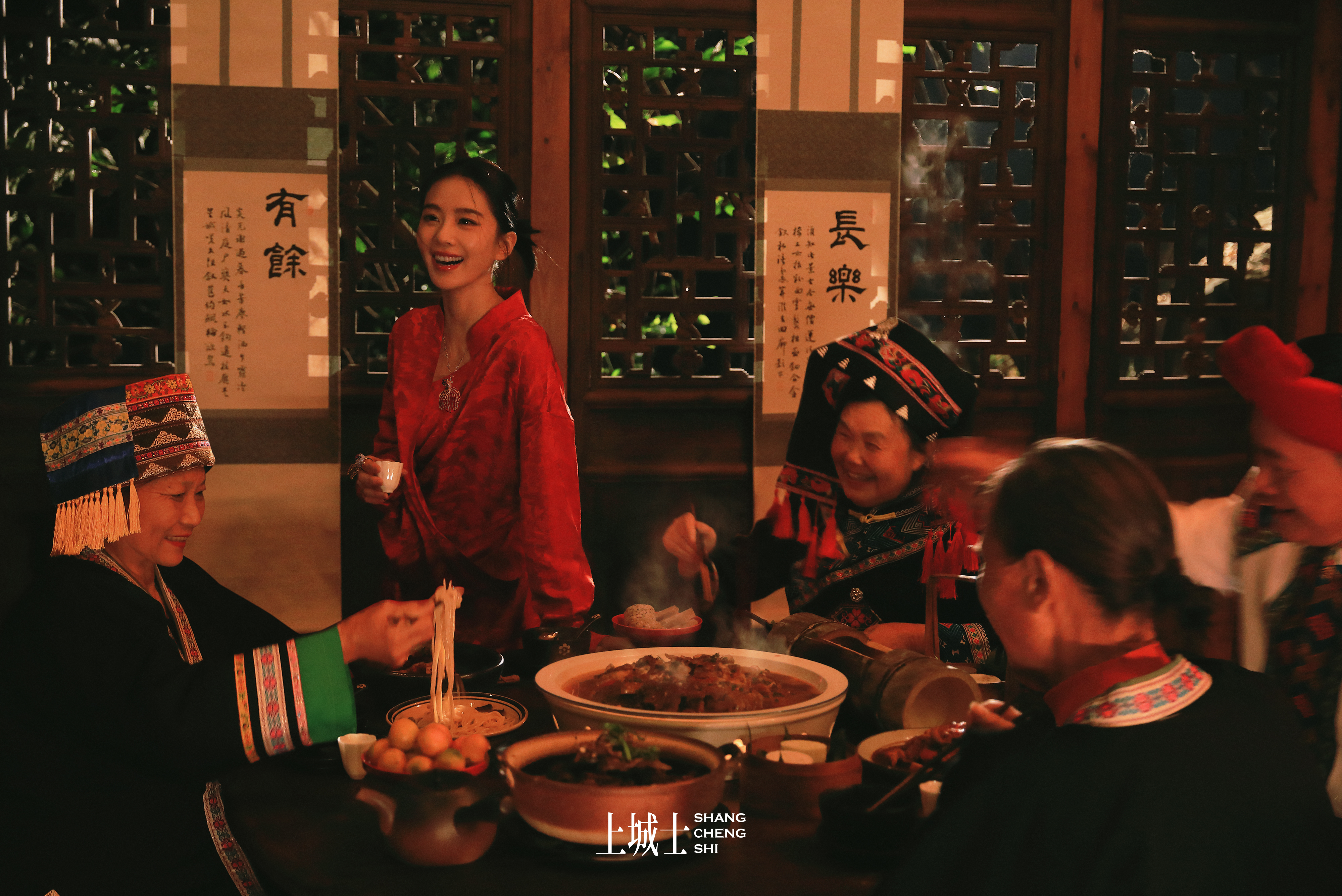
Qeelin Global Ambassador Liu Shishi wearing Qeelin Qin Qin collection, Image Source: Shangchengshi
The younger generation’s return to traditional culture is also reflected in personal style expression. Qeelin, with its Eastern cultural heritage, resonates with young consumers in this aspect.
Qeelin excels at transforming ancient cultural symblism into contemporary creations, interpreting classic cultural symbols with bold creativity, innovative design, and exquisite craftsmanship. For example, the Bo Bo collections, inspired by the panda, allows wearers to change Bo Bo’s posture and “outfits” to express their moods and personalities.
Qeelin’s contemporary reinterpretation of traditional symbols fundamentally stems from its unique positioning. Christophe Artaux, Qeelin’s CEO, emphasized in an interview with Luxe.CO: “We stand between the Eastern and Western worlds, blending contemporary Chinese culture with global multiculturalism. We are contemporary, translating the rich Chinese culture into a modern expression, which is very meaningful for the younger generation.”
For the Year of the Dragon, Qeelin specially introduced Dragon Bo Bo jewelry, adorned with exquisite white diamonds and featuring deep black diamonds in the dragon’s eyes, with green jade coins held in its front claws. The details in the dragon’s horns, whiskers, and tail are lifelike. Dragon Bo Bo combines the brand’s iconic Bo Bo with the image of a dragon, adding protective, loving, and loyal connotations to the jewelry.
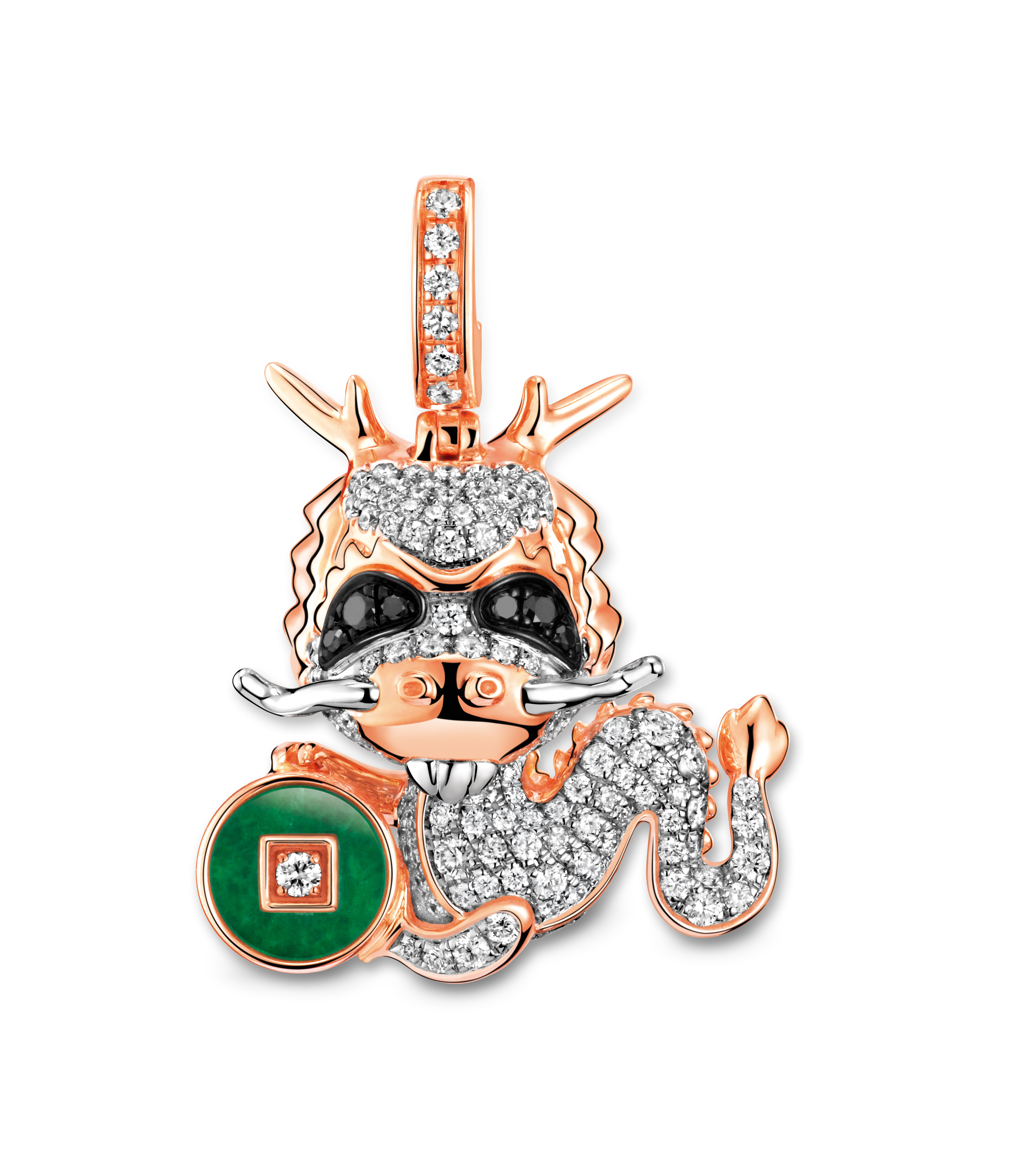
Qeelin Dragon Bo Bo
Qeelin Global Ambassador Liu Shishi wearing Qeelin Xi Xi collection, another new launch for the Year of the Dragon.
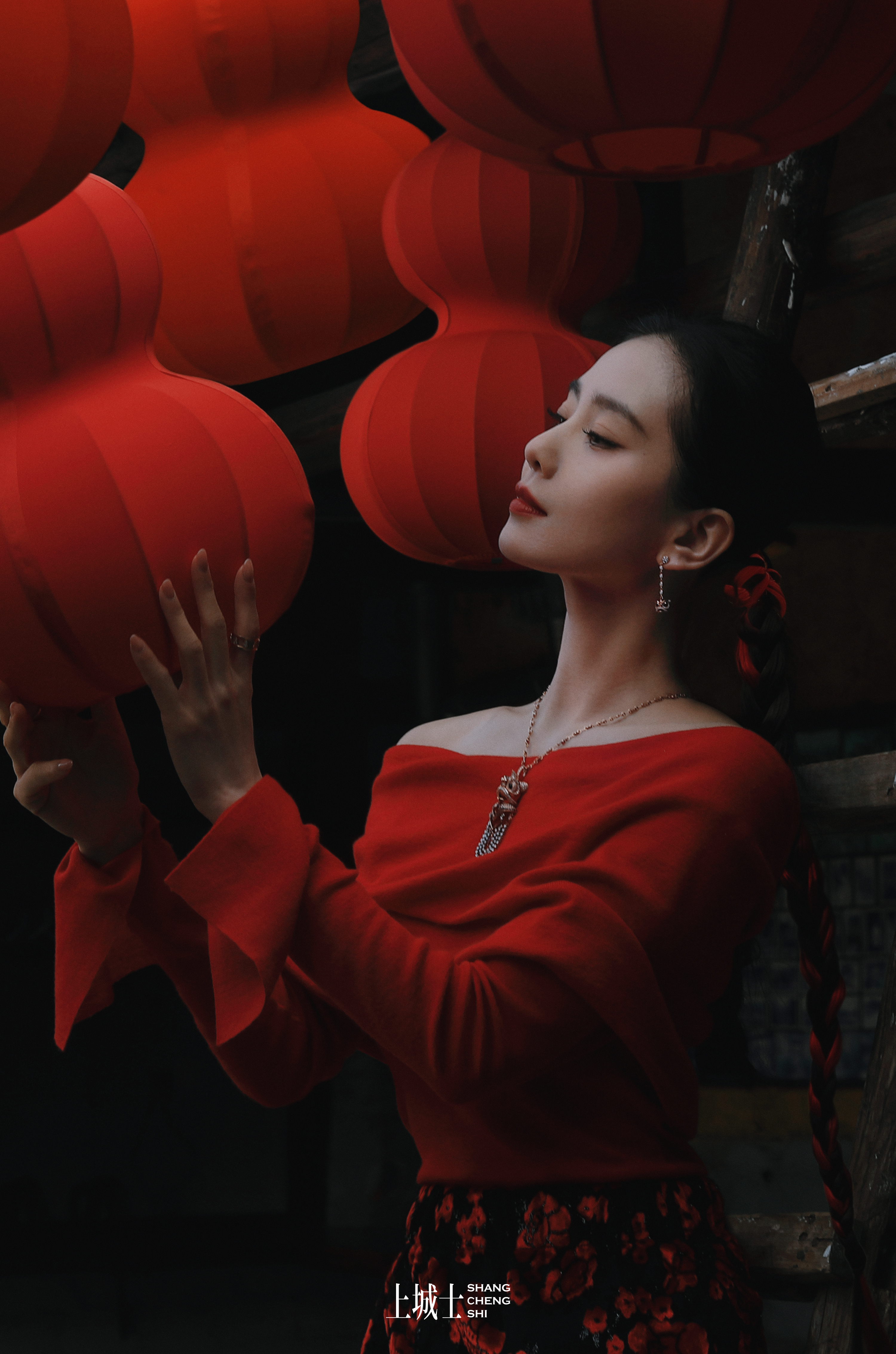

Liu Shishi wearing the latest Xi Xi collection, with rose gold main body embellished with rubies, enhancing the festive atmosphere in a lion dance motif, Image Source: Shangchengshi
Elegance, classicism, and Oriental charm deeply associate with Liu Shishi, aligning well with Qeelin’s brand tone. For luxury brands, appointing brand ambassadors remains a standard strategy for gaining attention and resonating with consumers on emotional and cultural levels.
In 2024, Qeelin expanded its brand ambassador roster, announcing Lay Zhang as a global brand ambassador in early January. Zhang, with multiple roles as a music creator, dancer, singer, and actor, seeks to blend Eastern nuances with modern expressions, aligning with Qeelin’s brand positioning.
Dennis Chan, Qeelin’s founder and creative director, commented: “Lay Zhang pours his genuine passion for Eastern culture on the international stage, holding a mission to break through stylistic boundaries with his personalized expressions, echoing Qeelin’s long-standing brand philosophy.”
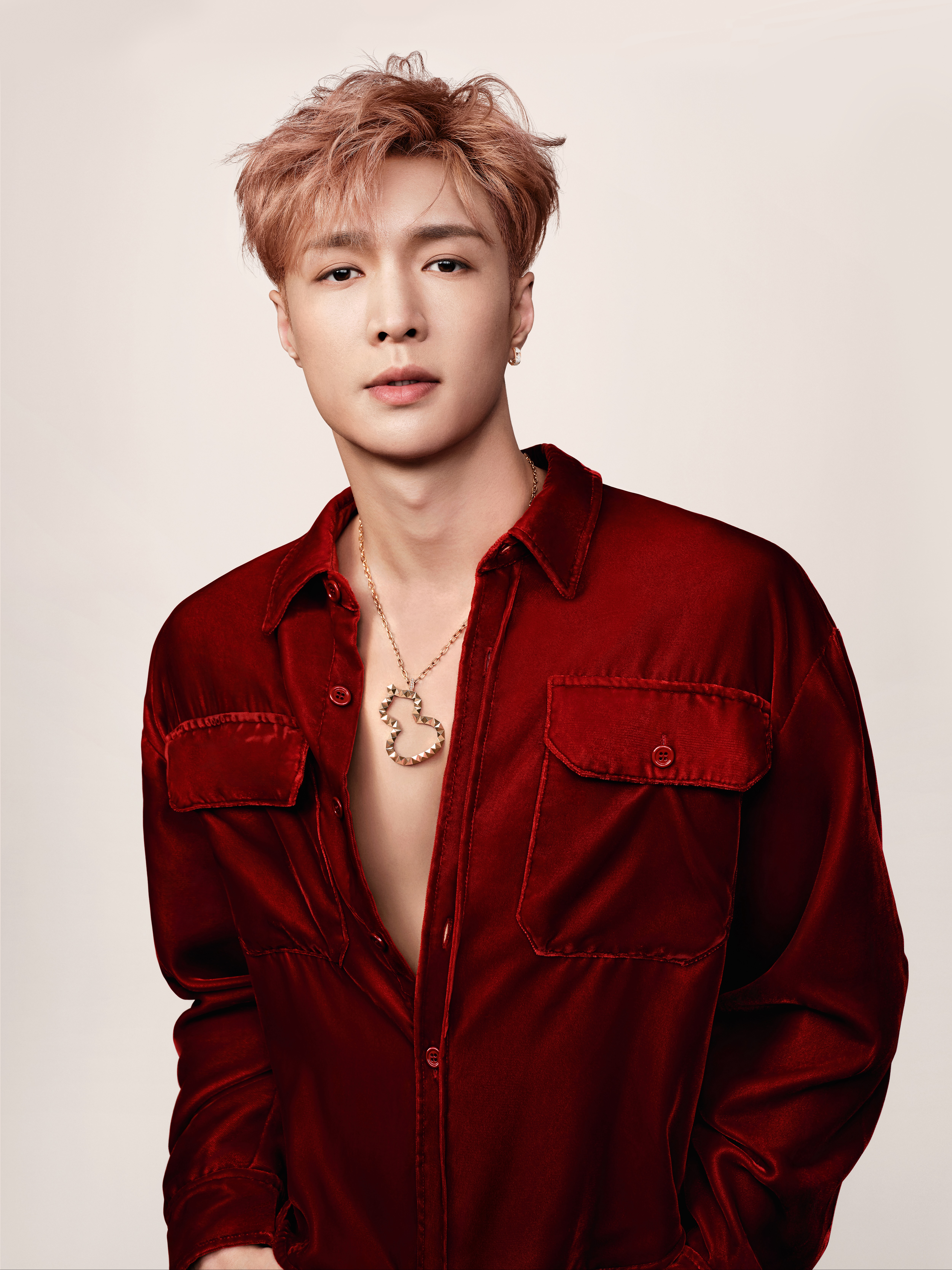
Qeelin Global Ambassador Lay Zhang
Why Can Qeelin Accurately Grasp the Pulse of Chinese Culture?
Understanding the Chinese market is key to building better connections with Chinese consumers.
In this regard, Qeelin stands out from most Western luxury brands due to its localized operational team.
Christophe Artaux stated in a previous interview with Luxe.CO: “My entire team is basically from China, and more importantly, I and our team live here.”
Such a team allows Qeelin to quickly capture market trends and consumer changes, responding rapidly to market demands.
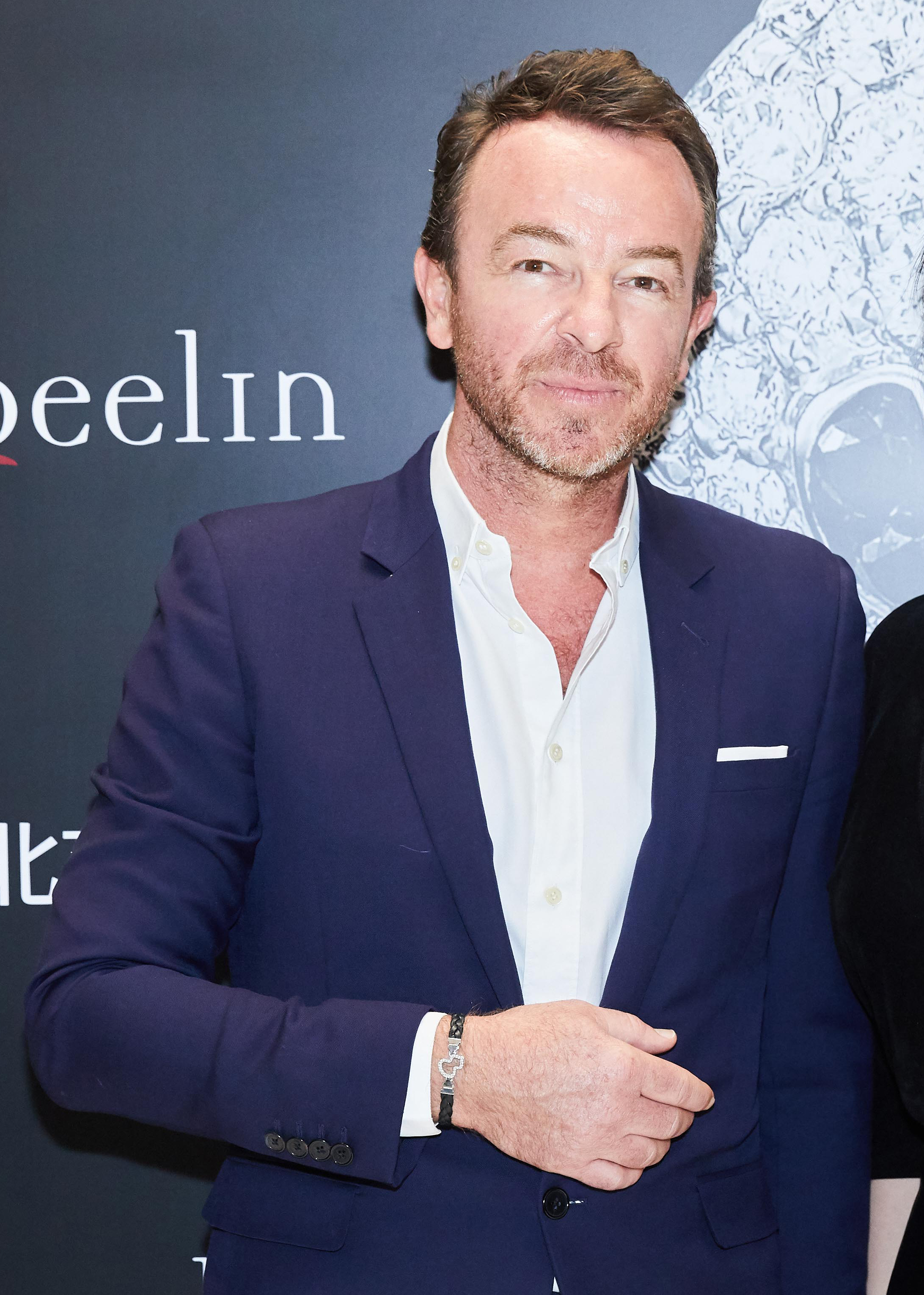
Qeelin Chief Executive Officer Christophe Artaux
2024 marks the 20th anniversary of Qeelin. With the announcement of new brand ambassadors and the release of the film, Qeelin has further increased its presence in the China market.
Spring Festival marketing is an important opportunity for luxury brands to close the gap with Chinese consumers, but the challenge remains in achieving localization.
Qeelin’s Yulong River New Year film shows that cultural and emotional awakening is not just about taking a leaf from this land as decoration or constructing a grand narrative. Instead, paying attention to and immersing in local communities, exploring folk culture, and finding the connection between the brand and social emotions naturally resonate with consumers.
China remains Qeelin’s largest market. As Christophe Artaux said in an interview, “We still prioritize the China market. Cultivating the China market is not only for brand growth but also to strengthen the global perception of Qeelin.” According to Kering Group’s financial report for the first half of the 2023 fiscal year, Qeelin maintained strong growth momentum, achieving double-digit growth driven by the China market.
While focusing on the China market, Qeelin looks globally, increasing investments in the Asia-Pacific and international markets, moving towards its original intention and mission of being an “international brand.” In the future, expanding overseas markets will become Qeelin’s second growth engine.
| Image Credit: Qeelin, Shangchengshi
丨Reporter:Huang Yuting
| Editor: Zhu Ruoyu

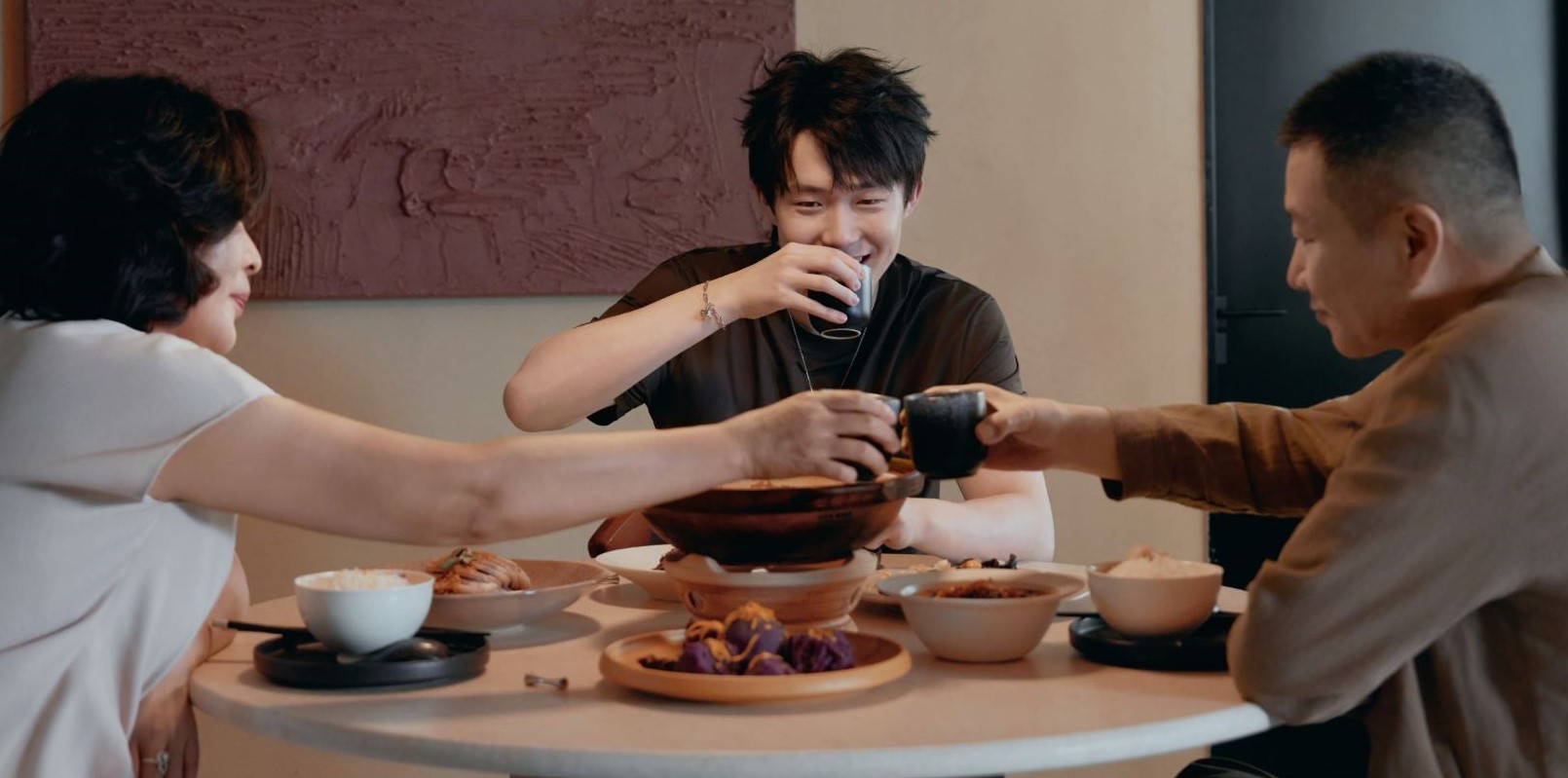
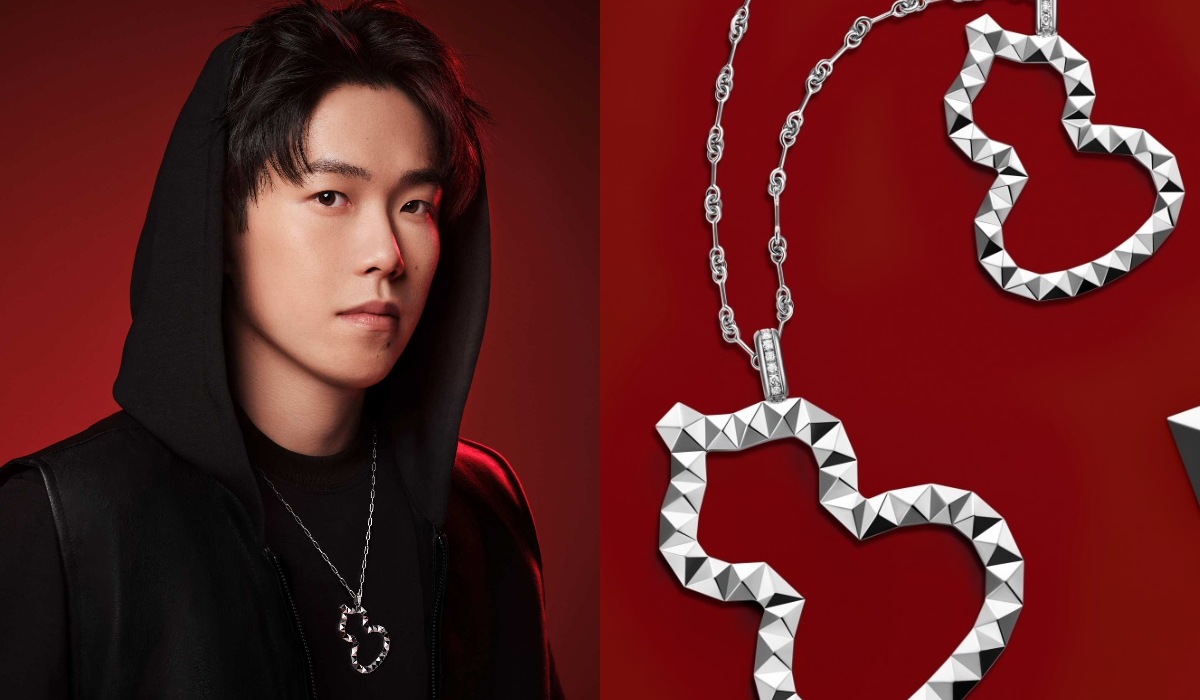
.jpg)